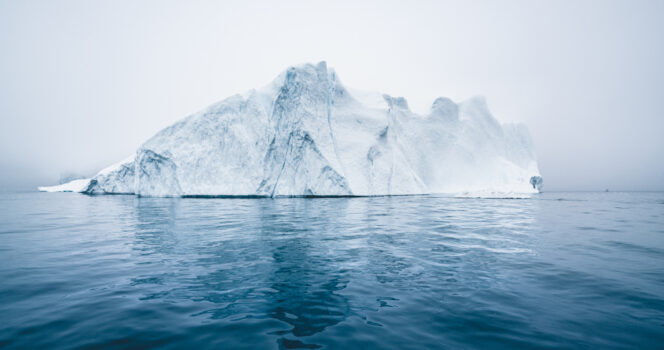
“Doomsday Glacier” Threatens to Flood Major Cities
Scientists warn that the collapse of Antarctica’s Thwaites Glacier — nicknamed the “Doomsday Glacier” — could flood three of the world’s most iconic cities. New research shows this terrifying possibility is growing more likely.
Climate Change and Rising Seas
Climate change drives rising sea levels, warmer temperatures, and extreme weather. But recent studies reveal that the Thwaites Glacier’s potential collapse could cause sea levels to rise even more dramatically.
Thwaites Glacier’s Massive Impact
Located in West Antarctica, Thwaites holds enough ice to raise global sea levels by over two feet. If it fully collapses, it could trigger a chain reaction melting the larger Antarctic ice sheet. Scientists estimate this could raise sea levels by up to 10 feet.
Such a rise would put cities like London, New York, and Bangkok underwater. Millions of residents and tourists in these cities would face devastating flooding.
Hidden Lakes Accelerate Ice Loss
Researchers from the International Thwaites Glacier Collaboration (ITGC) have closely monitored the glacier since 2018. They discovered numerous hidden lakes beneath the glacier’s surface, which speed up ice melt more than expected.
In March 2025, a study led by Professor Noel Gourmelen confirmed these subglacial lakes drain rapidly, accelerating ice loss. Gourmelen said, “The sheer magnitude of this lake drainage gave us the opportunity to finally observe and quantify its impact.”
He added, “The drainage momentarily turbo-charged Thwaites’ ocean-driven retreat.”
Rising Temperatures Add Urgency
The Southern Hemisphere is experiencing unusually high temperatures in 2025. Dr. Alastair Graham from the University of South Florida, also part of the ITGC, said, “If Thwaites Glacier collapses, sea levels would rise by about 65 cm (25 inches).”
He warned, “This year is really different. It’s very difficult to recover from this in one season. The game has changed.”
The Clock Is Ticking
While a full collapse might still be decades or centuries away, the new data suggests the tipping point could come sooner than expected. If that happens, coastlines, economies, and millions of lives worldwide will face irreversible changes.




